After Death: Fossil Carrion Beetles
Until very recently the oldest known carrion beetle fossils were 50 million years old. The fossil discoveries coming from Daohugou and Jehol rock deposits in Northeastern China extended our knowledge further back till 160 million years ago. During Jurassic period dinosaur abundance had a cascading influence on animal world. When a dinosaur died its carcass became a protein rich multi-generational feeding island. Insects including carrion beetles most certainly exploited this opportunity. Therefore carrion beetle evolution took a new turn leading […]

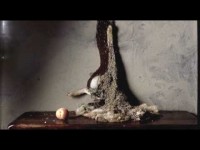
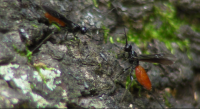
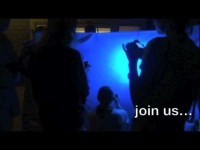
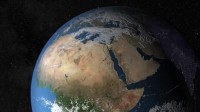

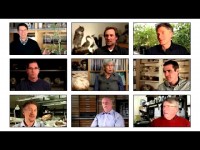
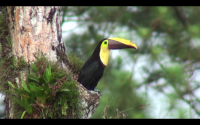
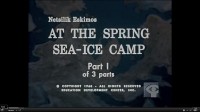
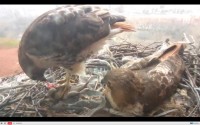
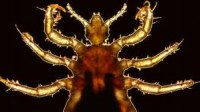
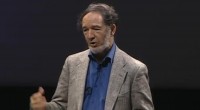
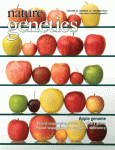
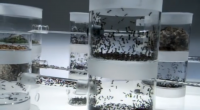
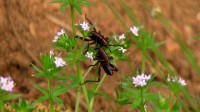
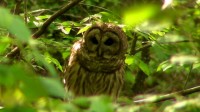

Recent Comments